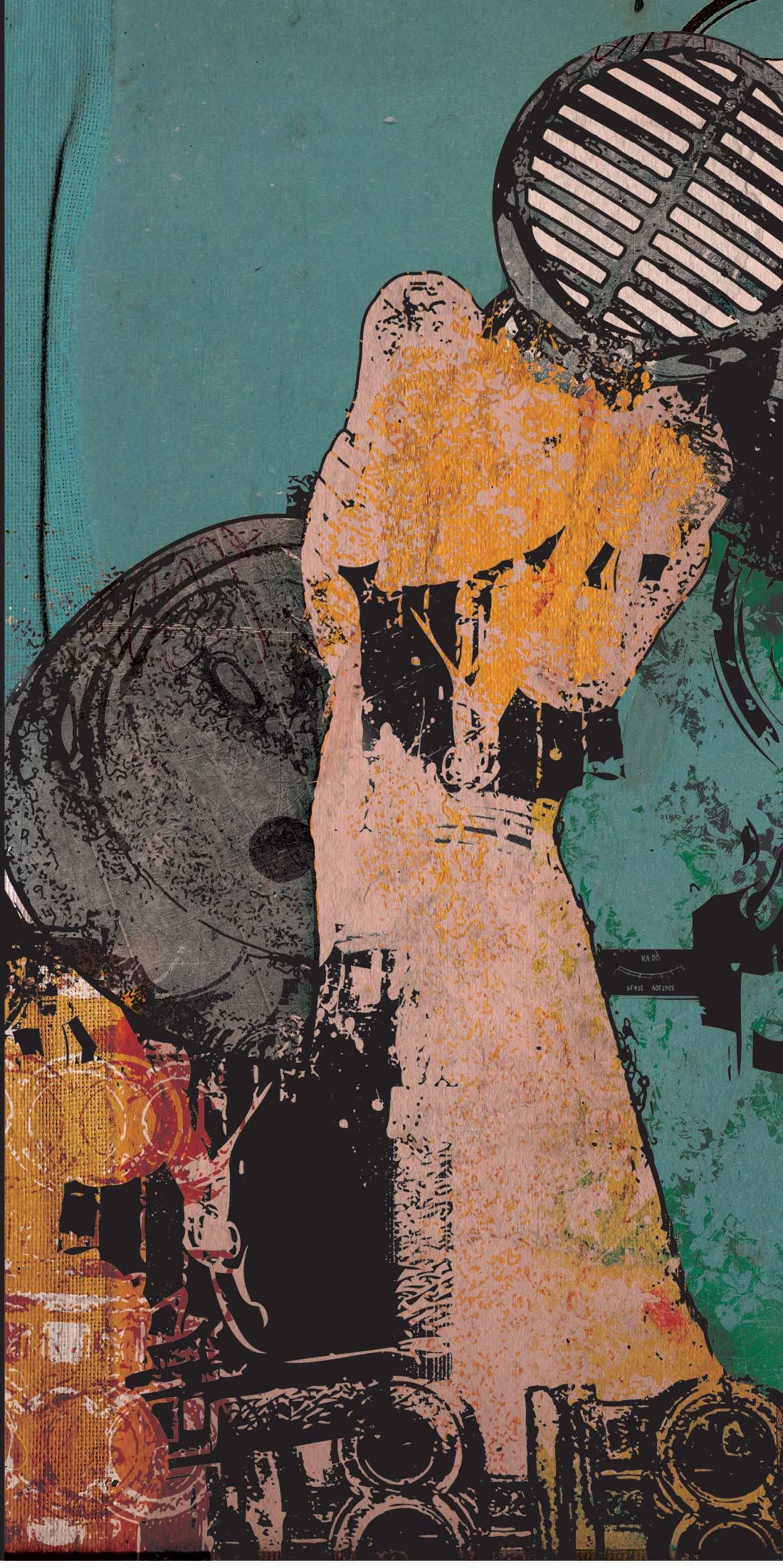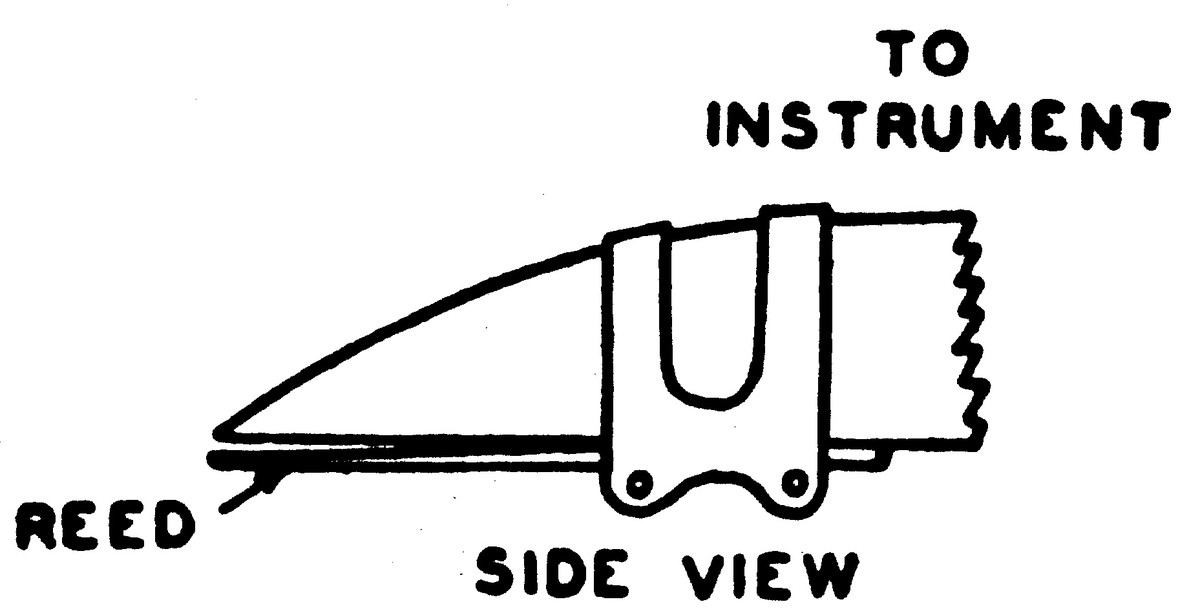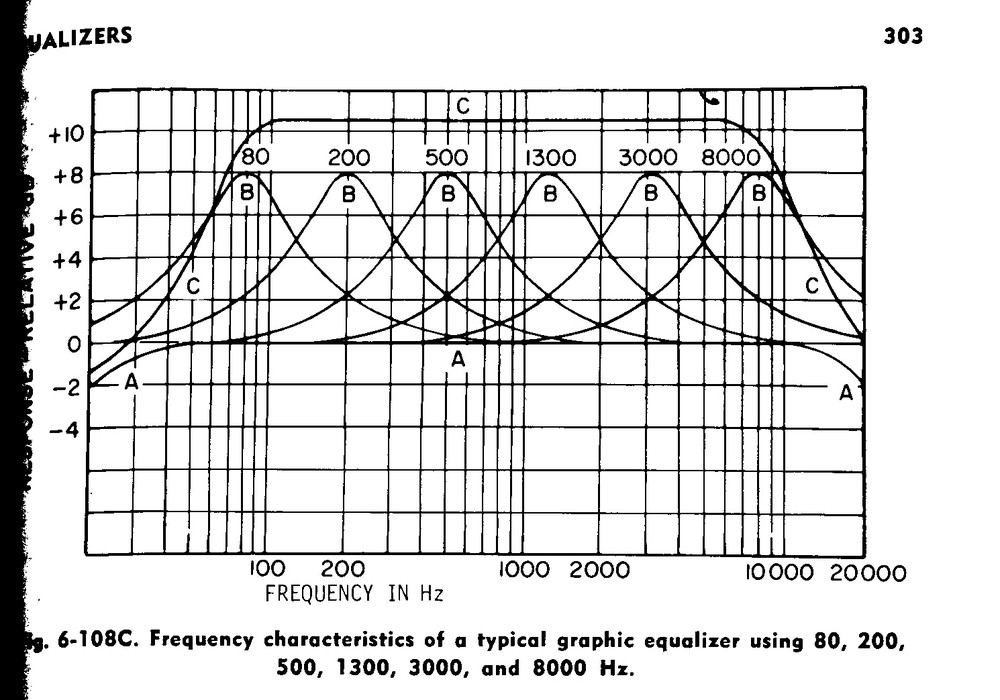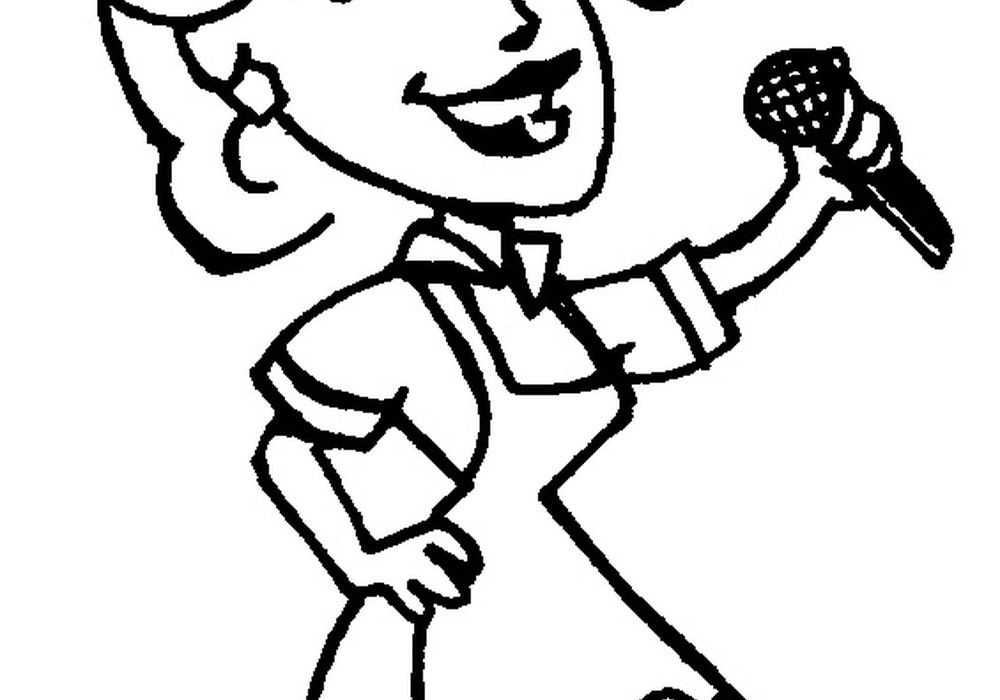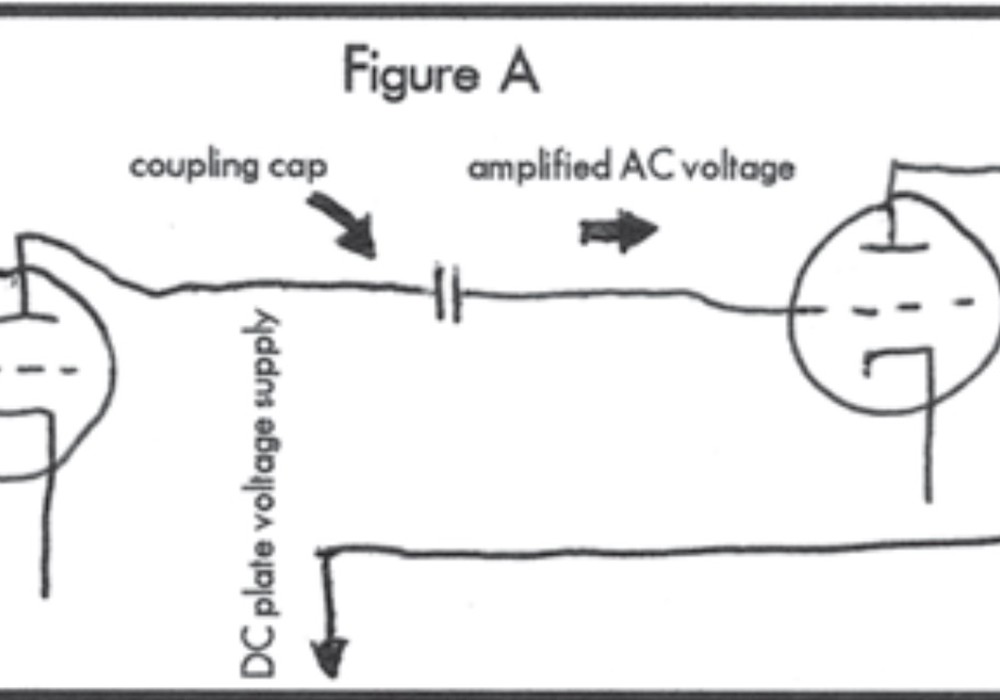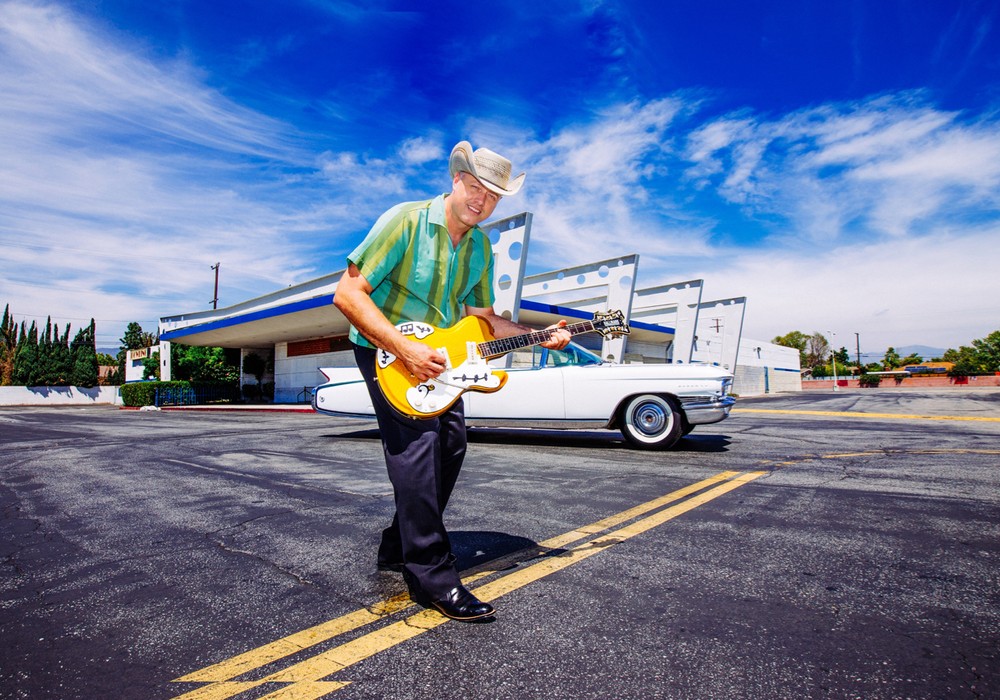In April of 2007 I began work on a solo project entitled In Memory of The Labyrinth System. To be released on John Zorn's label, Tzadik, in April 2008, the CD was to be comprised entirely of my solo clarinet music that would then be processed by me on my computer. Like many readers of this magazine, I have been recording all of my own music since the age of 14 on everything from synced-up boom boxes, to 4-tracks, to digital 8- tracks, and most recently on my Mac PowerBook using Pro Tools LE software. In doing so I have reached a point where I can't even write music without conceiving of the sonic world in which it exists. Inspired by the 1957 collaboration between composer André Popp and Pierre Fatosme, Delirium in Hi-Fi (an absolute classic for anyone interested in creative recording), I set out with a specific goal in mind: to create the most personal music that I possibly could that would be based on and comprised exclusively of
A.) Extended techniques that I have developed for clarinet.
B.) Extended recording/ mixing techniques (micro-editing, mic placement/ manipulation and location, etc.)
I then placed two very strict limitations on myself:
1.) I would not be able to use ANY plug-ins other than reverb, compression, and EQ.
2.) I would not be able to use ANY traditional clarinet voicings — only non-traditional, mostly non-pitch based techniques.
Any sound heard on the record would have to be the result of my own creation. I repeat, no effect that I could not create myself. In conceptualizing the project I decided to treat my computer and Pro Tools rig as nothing more than an efficient and sophisticated tape machine. With a working method, two separate indexes of recording and clarinet techniques, and a series of recording strategies I was off. I wanted all the compositions to be more than just a hodge-podge of "strange" sounds and I was determined to make as "musical" a record as I could, where every piece would be equally informed by elements of the acoustic and digital world. I have spent the bulk of my musical life split between being in the roles of composer/performer and engineer, and I really wanted my first major release to reflect the influence that the two have had on each other. Just as all woodwind players want other woodwind players to dig what they're doing, I wanted other engineers to hear my record and think of it as a unique contribution. In disallowing myself pitch, melody and harmonies, I had to search for other qualities that seemed musical to me: a sense of magic, drama, tension, release, dynamics and ultimately the ability to tell a story. Working with music that was going to be dependent on the recording process made this challenge easier. Washes of reverb, stacked and layered tongue slaps and volume swells are just a few techniques that I used as engineer to help breathe life into the music that I was assembling. Here are some of the main techniques that I employed:
* A large diaphragm condenser mic, wrapped in a piece of wax paper and placed inside the bell of my clarinet. This is a trick that I stole from the wonderful trumpet player Nate Wooley. This effect can be heard on the track "Nerve To Ampulla Of Superior Canal" and resembles the sound of a cow giving birth. Using this method — especially when coupled with the fact that I was playing very loudly — caused a lot of distortion, a quality that I found to be absolutely essential to the aesthetic of the project. Several times throughout the CD, as well as when this music is performed live, I rely on blowing out the capsule of a cheap, small diaphragm condenser mic. Not only do I like the sound, but I see it as a representation of what we as musicians and engineers do to ourselves on a nightly basis.
* On the track "Ending Of Nerve In Recessus Utriculi" my original idea was to create a piece that, once played all the way through, the listener would have actually heard it 10,000 times. I started by recording the sound of my clarinet played with a pool of saliva in the mouthpiece for two minutes. No melodies, just a static drone, with the only articulation being the sound of me either biting the reed or trapping saliva in the tip of the mouthpiece. While I played this passage I was recording on five different devices simultaneously: a Panasonic SlimLine Dictaphone, my Mbox with an MXL small diaphragm condenser mic right on the bell of the horn, a contact mic attached to the bell, running to a Danelectro Nifty 70 amplifier with a [Shure] SM57 on it, my Boss BR-8 digital 8-track set to record at an 8-bit sampling rate, and finally a MiniDisc recorder with a boundary mic. I then imported all of these tracks into Pro Tools and lined them up. Throughout the piece, what appears to be modulation is actually the sound of me switching between these sources in the mix. The composition is structured as giant digital crescendo; what starts as just two tracks — left and right — of the sounds saliva in the mouthpiece, builds by stacking and repeating more and more tiny snippets of moments that have already happened within the piece until all the listener is left with is thousands of tiny pieces of information flying by so rapidly that all that can be perceived is a violent digital delay. There are over 15,000 micro-edits within this piece and I crashed my computer several times during its creation. It is worth mentioning that this effect was the one that I used most often during the recording and mixing process and can be heard several times on almost every track. Creating delays by taking a small fragment of sound, then duplicating it several times — each time making the sample smaller and smaller — not only creates a more organic delay than what can be produced by a plug-in, but I found also offers more control to the engineer.
* One effect that I used on the track "Posterior Canal" involves using a pair of large studio headphones and a really sensitive mic. I created a new track and wrapped the headphones around the mic and recorded a "bounce" of the track that would line up with the overdubbed tracks. I then had a very distorted mirror mono "image" of the song. which I used fragments of throughout the piece.
* While the CD was mostly recorded in my apartment, thinking that some of the genius of Sonny Rollins would rub off on me I took a MiniDisc recorder and my clarinet to various remote locations: the top of the Williamsburg Bridge (at midnight), the bathroom of the Hamburg Airport (at gate 21), the roof of my father's apartment building in Warsaw and in the woods behind my mother's house in North Georgia. As stated before, I wanted equal emphasis on composition/performance and sonic consideration. The howling wind and the sound of ambulances had an incredible impact on the way that I approached each of these recording environments.
* Ghetto Mellotron: I recorded a series of difference tones in Pro Tools. I then took these and edited microseconds of them together, creating glitchy, attack and decay-less versions of what they originally were. I then bounced these mutated tones to disc and flew them into my digital 8-track. Once I had 8 tracks of this, I rode the faders as if I was striking the keys of a Mellotron. This can be heard on the introductory track, "Lateral Semicircular Canal."
* Homemade distortion: Most of the sounds on the record that resemble distorted guitars are actually the result of zooming in on a waveform and deleting microscopic moments from it. An example of this can be heard on the track "Sinus Utriculi Posterior." Sounds that resemble heavy metal guitars are actually the clarinet played with no mouth piece or upper joint and then looped and edited in the manner described above in order to sound "gritty." Each sample lasts about one second and is actually made up of about 30 small samples.
* While not a totally radical concept, I used obnoxious amounts of automation. Whether using extreme panning or huge washes of reverb, I wanted the mix to really tell a story in the same way that sound effects and music played a role in the old Warner Bros. cartoons. A harmonic scream will suddenly rush from the left channel to the right channel while in the midst of an incredibly dense section of music, reminding the listener of just how much activity is actually taking place.
Ultimately I ended up violating the conditions that I set for myself on three sections of the record: On the track "Canalis Utriculosaccularis" I used the sound of a Jew's harp towards the end of the piece and on the track "Nerve to Ampulla of Lateral Canal" one can hear the sound of wind chimes very briefly in the first section. Additionally on track two there is a sample of a tongue slap that I pitch-shifted down. I don't feel guilty for doing these things. Something else that once again proved itself to be true both as a composer and as an engineer: Do what the music asks you to do. And I only mention it here so that listeners cannot accuse me of telling a lie. Creating the music heard on In Memory of The Labyrinth System was an incredibly challenging and greatly rewarding experience. Having spent so much time with my headphones strapped on, I have no doubt suffered irreparable hearing damage from having worked on this project. But I have also experienced something else. It's all too rare that we as engineers and musicians get to fully let our hair down with recordings. Having the encouragement to push myself as far as I possibly could, in every single way, in order to make the most extreme recording that I could was instrumental in keeping the creative fire burning hot. I thank John Zorn for the endless support and also giving me the opportunity and trust to pursue a recording project that, while completely unorthodox (and many might claim unlistenable), is as true a music as I could have ever created. Now it's time for some silence and solitude...
